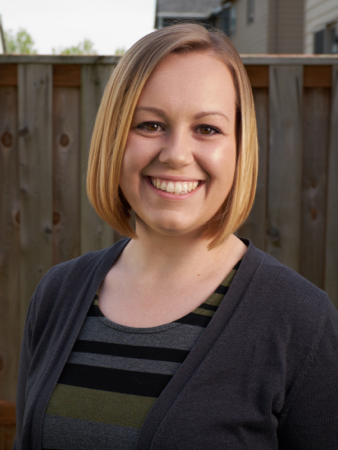Who else is suffering from eye strain, migraines, a sore neck or back? I can’t imagine I’m the only one.
I used to complain about how much time I spent staring at a computer screen. Looking back, past me had no idea how bad it could get. Between my work for the CTL, the Zoom sessions I teach for physics labs at LBCC and recitations at OSU, the course I’m enrolled in, and my research I’m spending easily 9-10, or more, hours a day staring at my computer screen in my makeshift home office. I’m sure this story is relatable to most of you; we are all finding ourselves spending more time in front of a digital screen than ever before.

I’ve watched videos on how to make my home office more ergonomic and read articles on how to prevent back pain. I’ve even waded into the realm of articles about mitigating Zoom burnout or videos on how to reduce eyestrain. Despite raising my laptop on a shoebox, buying blue blocking glasses, and setting up Chrome extensions like Night Shift for eyestrain I’m still finding myself suffering from increased headaches and eye fatigue. While the obvious answer is to spend less time staring at a screen, that can be hard in the current world of Emergency Remote Teaching (ERT).
To look for options on reducing screen time I turned, yet again, to the 20 Minute Mentor videos (that all OSU faculty have access to) for options on how to move some of my ERT obligations off screen. Unsurprisingly, many of the mentor videos focus instead on how best to improve the online experience but as I explored that advice I stumbled across the tip of moving content into podcasts. While the suggestion for podcasts wasn’t explicitly provided to reduce eyestrain it seems like such a happy coincidence to me.
In the video What Are the Basics of Podcasting? Robyne Elder, EdD and Lynda Leavitt, EdD discuss the advantages and flexibility of podcasts and outline the ways they can foster critical thinking and discussion. They discuss the advantages of podcasting for students who are learning with nontraditional conditions. Now, more than ever, students are learning under nontraditional conditions; many students are still working and may have a commute, or have moved home and need to help with younger siblings, and others may just find relief in a break from the computer screen. Whatever the advantages are, podcasts provide a solid alternative to straight video recordings all the time. In this video Lynda recommends collaborating with colleagues, inviting guests, 20 minutes of recording time for full pods, or less than 10 minutes for a mini-pod, and found that it takes no more than 10 minutes of editing time.
If you’re ready to jump in and make your first podcast I recommend checking out another video by Robyne Elder, EdD and Lynda Leavitt, EdD What technology and tools do I need to create a podcast for my students? In this video they provide tips for programs and equipment for making great podcasts. While these options are great and may be worth it for some, as Robyne outlines, they aren’t all crucial for making a podcast, a podcast does not need to mean more work or money than the video lectures you are making now.
While I am excited about podcasting and the option of engaging with digital content without the screen time, I also understand that it may be daunting. Relying on visuals has become the new norm. To ease into it, I encourage you to consider the approach of many entertainment podcasts; record a video lecture but actively describe the visuals as much as possible. You may just find that with a few extra descriptive words your “video” could be listened to as a podcast instead.

Author Bio: Kelby Hahn (She/Her) is an OSU graduate in the College of Education. She is on staff at the OSU Center for Teaching & Learning and in the OSU & LBCC Physics Departments.

Leave a Reply